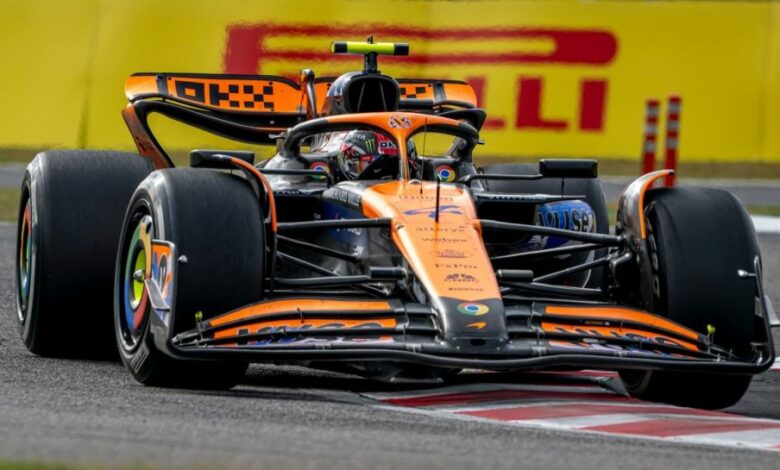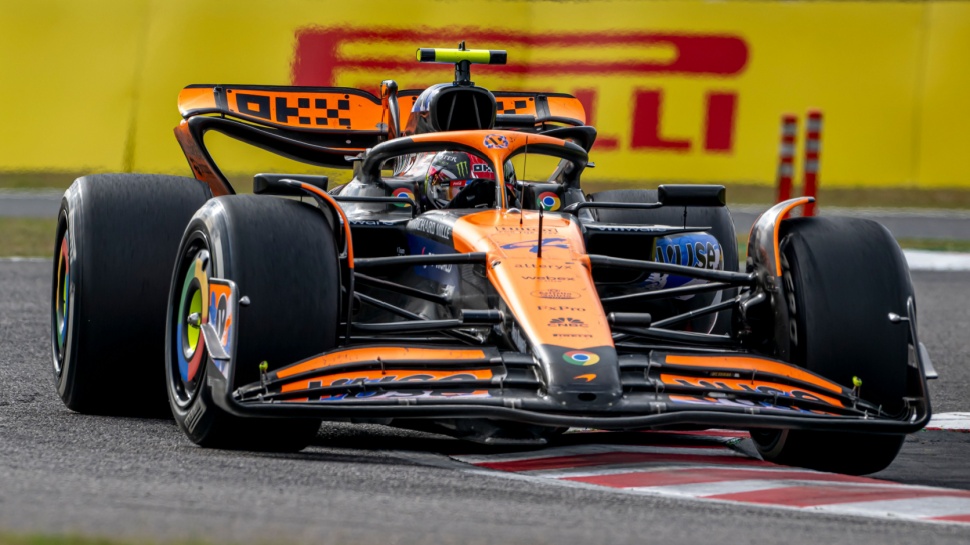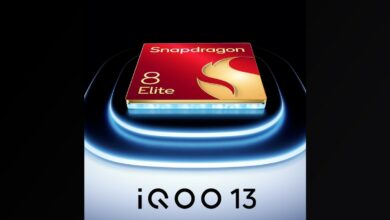Kicking innovation into high gear: how technical teams can learn from pit stops in Formula 1


Formula 1 racing is the pinnacle of precision and efficiency. As we build towards the global finals, this season’s races have shown us that securing pole position is not just about the skill of the driver or the performance of the car, but also about the efficiency of the pit stop team . This carefully executed process provides valuable lessons for technology teams operating in today’s fast-paced and demanding business landscape.
In Formula 1, every second lost during the pit stop is a second lost on the track. Likewise, fast-paced engineering teams must prioritize efficiency and rapid decision-making. In critical situations where reducing time to market is essential, it can have a significant impact on the success or failure of a product. By adopting the pit crew approach of emphasizing precision and coordinated teamwork, engineering teams can lead their projects to success.
Managing Director for EMEA at monday.com.
Improving team coordination and efficiency
Pit stop crews are highly coordinated, with each member having a clearly defined role that contributes to seamless operation. Likewise, on nuanced and complex technology projects, it is paramount that team members have clearly defined roles. When each member understands his or her specific contributions, teams can avoid costly overlaps and gaps.
For example, during a software development project, a clear role definition helps delineate responsibilities for front-end developers, back-end developers, and UI/UX designers. This allows teams to work in parallel without waiting for each other’s tasks, much like a pit crew where tire changers, tankers and mechanics work without interference.
Building trust and empowerment within teams
In high-pressure environments such as Formula 1 and product development, trust between team members is essential. Teams that rely on each other’s expertise and execution capabilities can operate more fluidly and make decisions faster. Creating a culture where team members feel empowered to think independently can increase this trust and improve overall performance.
One way to build this in a technical environment is through regular team building activities that not only boost morale but also help form personal bonds that translate into professional confidence. Furthermore, encouraging open communication and sharing ideas without fear of criticism can foster an inclusive and collaborative atmosphere.
Using technology to improve performance
Just as F1 teams use technology and data to reduce pit stop times, engineering teams can use modern methodologies to improve their operational efficiency. For example, applying lean principles can help teams identify and eliminate waste in their processes, accelerating the development cycle without sacrificing quality.
Additionally, using robust software and project management tools can streamline the coordination and oversight of complex projects. For example, cloud-based project management platforms enable real-time progress tracking, resource allocation, and deadline management. These help maintain an overview of the project landscape, allowing team leaders to keep the project moving quickly and efficiently.
Leadership that maintains direction
The role of a pit crew chief is crucial as they oversee the entire operation and ensure that everyone is synchronized and performing at their best under pressure. Likewise, tech team leaders must maintain composure and provide clear directions during critical phases of product launches or when unexpected challenges arise.
An effective project leader, such as an F1 crew chief, must be able to quickly assess situations and lead his team through effective decision-making processes, keeping every member on track. This may involve adjusting project directions in response to test feedback or market changes so that the product remains competitive and meets user needs.
Vision-driven execution and continuous improvement
A clear, compelling vision is crucial to leading teams to success. In F1 the vision is clear: optimize every stop to win the race. On the technology front, the vision could be to continuously innovate and lead the market in user-centric products. Leaders must keep this vision clear and integrate it into all aspects of project management and team culture.
By continuously improving based on feedback loops (from users, stakeholders and team members), engineering teams can adapt and excel. This is similar to how pit crews analyze every second of their operations to refine and speed up their processes for future races.
By embracing the efficiency, teamwork and strategic planning of Formula 1 pit crews, engineering teams can achieve greater productivity and push the boundaries of what they can deliver in their competitive field. This strategic approach not only accelerates development cycles, but also lays a strong foundation for sustainable success and growth.
We have presented the best business intelligence platform.
This article was produced as part of TechRadarPro’s Expert Insights channel, where we profile the best and brightest minds in today’s technology industry. The views expressed here are those of the author and are not necessarily those of TechRadarPro or Future plc. If you are interested in contributing, you can read more here:




